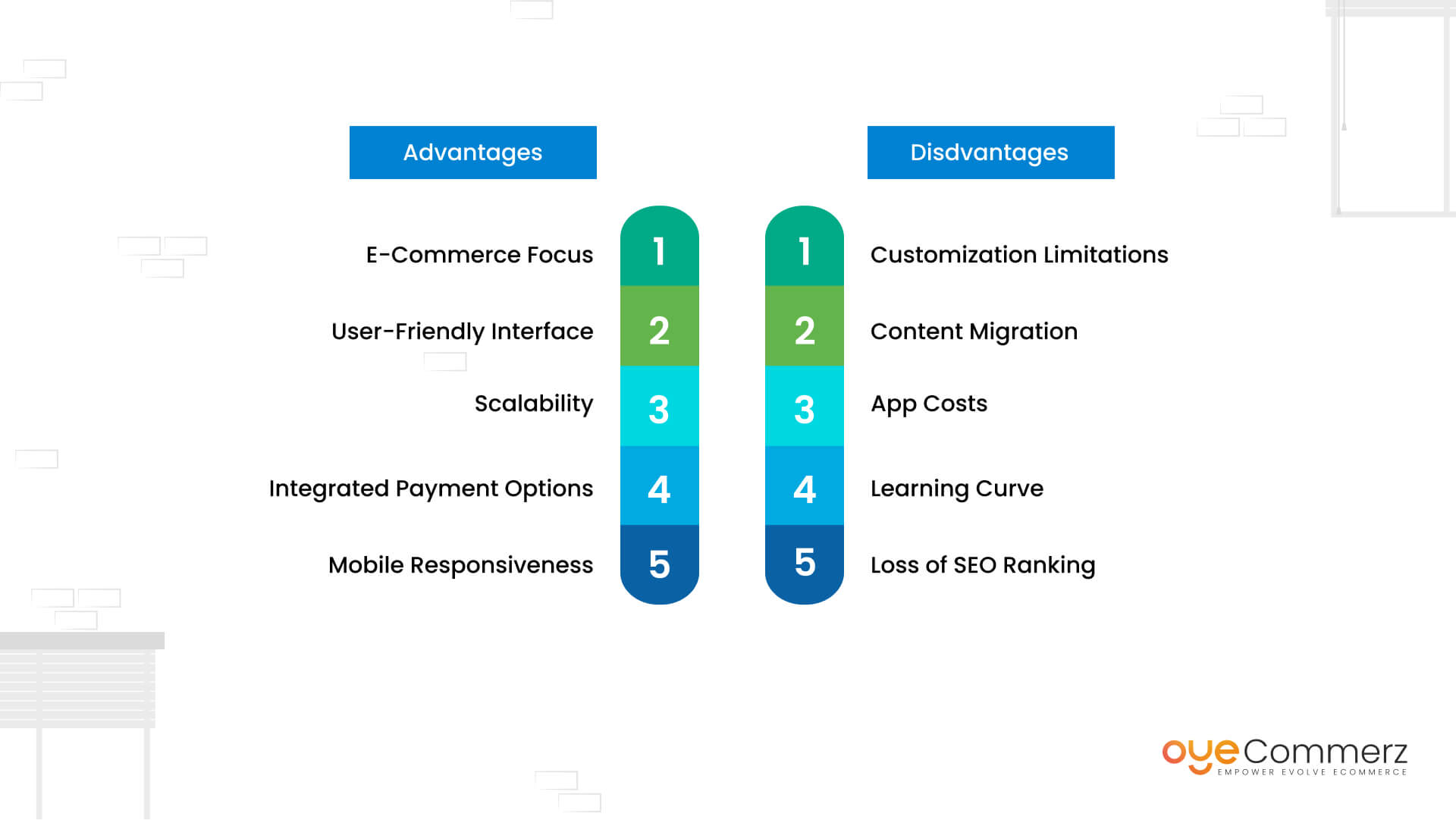Transitioning from WordPress to Shopify is an promising step toward streamlining your online store operations. As companies grow, selecting a platform that supports scalability, UX, and customization is essential. Shopify has emerged as a preferred choice for online merchants, providing unmatched adaptability, data protection, and user-friendliness. In this guide, we will delve into the transformative impact of this migration, highlight the benefits, and share practical tips to ensure a smooth transition.
1. Why Switch from WordPress to Shopify?
The combination of WordPress and WooCommerce, continues to support countless online stores. However, as businesses scale, challenges like plugin dependency, data risks, and technical complexities often obstruct progress. Shopify, designed explicitly for e-commerce, addresses these issues with an comprehensive, user-friendly platform. Real data supports this transition—Shopify powers over 4.4 million stores globally, with a documented 10% increase in sales conversion rates for numerous merchants after migration.
2. Key Benefits of Shopify for E-commerce Success
Shopify’s robust ecosystem caters for expanding businesses. Its notable benefits are:
- Effortless Design Flexibility: Shopify provides over 80 professionally designed themes.
- Built-in Features: Features like Shopify Payments and integrated SEO save time and effort.
- Global Reach: Currency versatility and regional customization empower brands to reach global markets.
Additionally, Shopify boasts an uptime rate of 99.98%, guaranteeing your website remains accessible.
3. Preparing for WordPress to Shopify Migration
Before migrating, evaluate your current store. Review inventory details, customer details, and SEO performance. Tools like Shopify’s Migration Kit or third-party solutions help ease the transition. Develop a comprehensive plan, making sure all resources—product descriptions, media files, and blog content—are optimized for transfer.
4. Data Migration: A Critical Step
Data migration forms the foundation for a successful platform switch. When migrating from WordPress to Shopify, prioritize:
- Product Information: SKU, item summaries, and groupings.
- Customer Data: Emails, purchase records, and custom fields.
- Search Engine Considerations: Preserve meta tags, URLs, and redirects to maintain search rankings.
Use tools such as LitExtension to facilitate seamless migration while reducing mistakes.
5. Customizing Your Shopify Store
Post-migration, customizing your Shopify store ensures Product data migration it aligns with your brand. Take advantage of Shopify’s intuitive page builder to create layouts with ease. Shopify's themes are mobile-responsive, ensuring a smooth user experience across devices—a key point, since 74% of online shopping is generated by mobile visitors.
6. How to Protect Your SEO Rankings When Switching Platforms
Search engine optimization is crucial for maintaining your visibility during migration. Shopify is highly optimized for search engines with organized link formatting, preloaded features, and smooth content management. Make sure you:
- Set up URL forwarding for old URLs.
- Optimize new pages with keyword-rich content.
- Use Shopify's apps Plug in SEO to monitor performance after the switch.
7. Essential Tests After Migrating to Shopify
Once the migration is complete, conduct thorough testing.
Review: - Page load times (Shopify boasts faster speeds in contrast with WP).
- Payment integration reliability and checkout processes.
- Adaptability across devices.
Quality assurance guarantees your store provides a smooth shopping journey from the start.
8. Real-Life Success Story
An example of effective platform switching is Gymshark, a fitness apparel brand that moved to Shopify. After the Shopify CMS migration switch, the company saw a 60% increase in mobile sales and significantly lowered site downtime. This showcases the potential of Shopify in enhancing online business success.
9. Challenges and Solutions
Migration comes with challenges, such as information accuracy and reconfiguring custom functionalities. However, Shopify’s extensive assistance and third-party experts simplify the process. Partnering with experienced Shopify developers ensures a smooth transition.
10. Making the Switch: The First Step Toward Success
Switching from WP to Shopify represents a forward-thinking decision to online retail. By addressing scalability, simplifying management, and improving buyer satisfaction, Shopify enables companies to thrive in challenging industries.
Final Thoughts
Switching from WordPress to Shopify is a strategic move that can significantly boost your online business performance. With a well-structured strategy, the appropriate resources, and professional guidance, you can unlock new growth opportunities.
Excited to start the journey? Reach out today to learn how our Shopify migration services can transform your e-commerce platform. Get in touch today, or consider: Can your business afford to miss out on Shopify’s growth potential?
